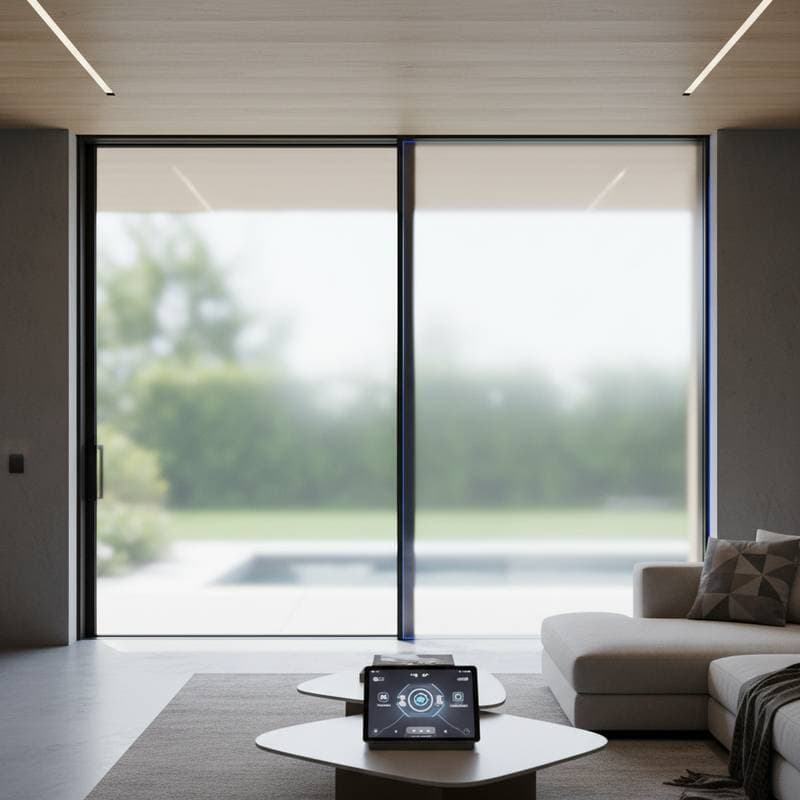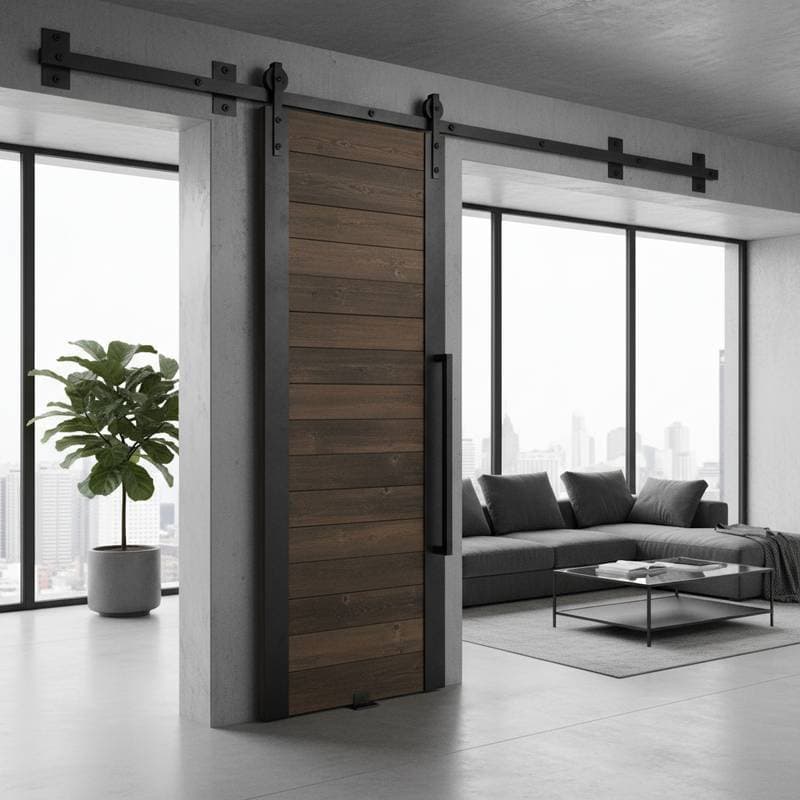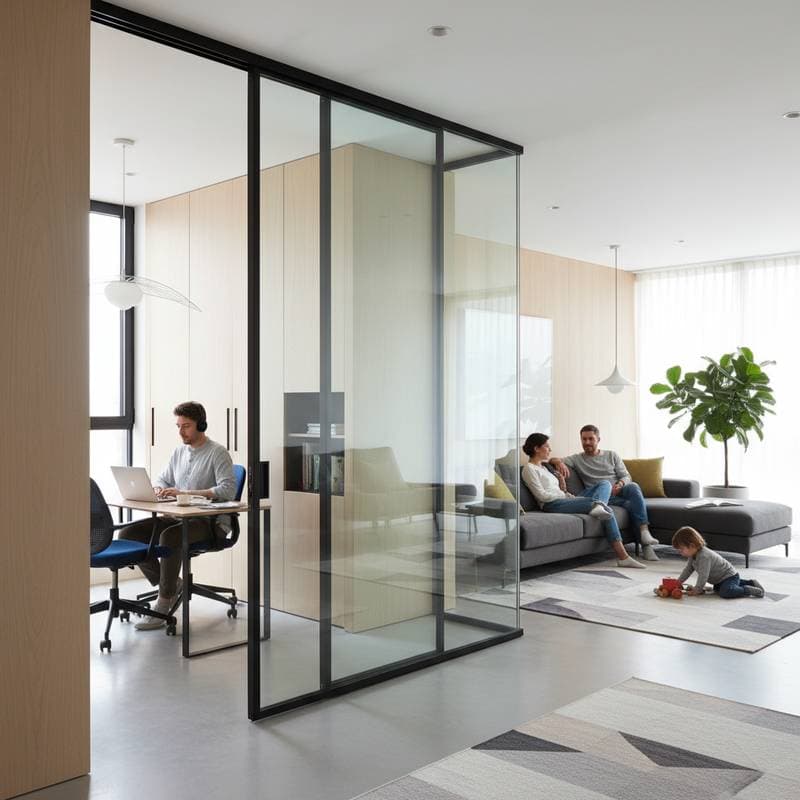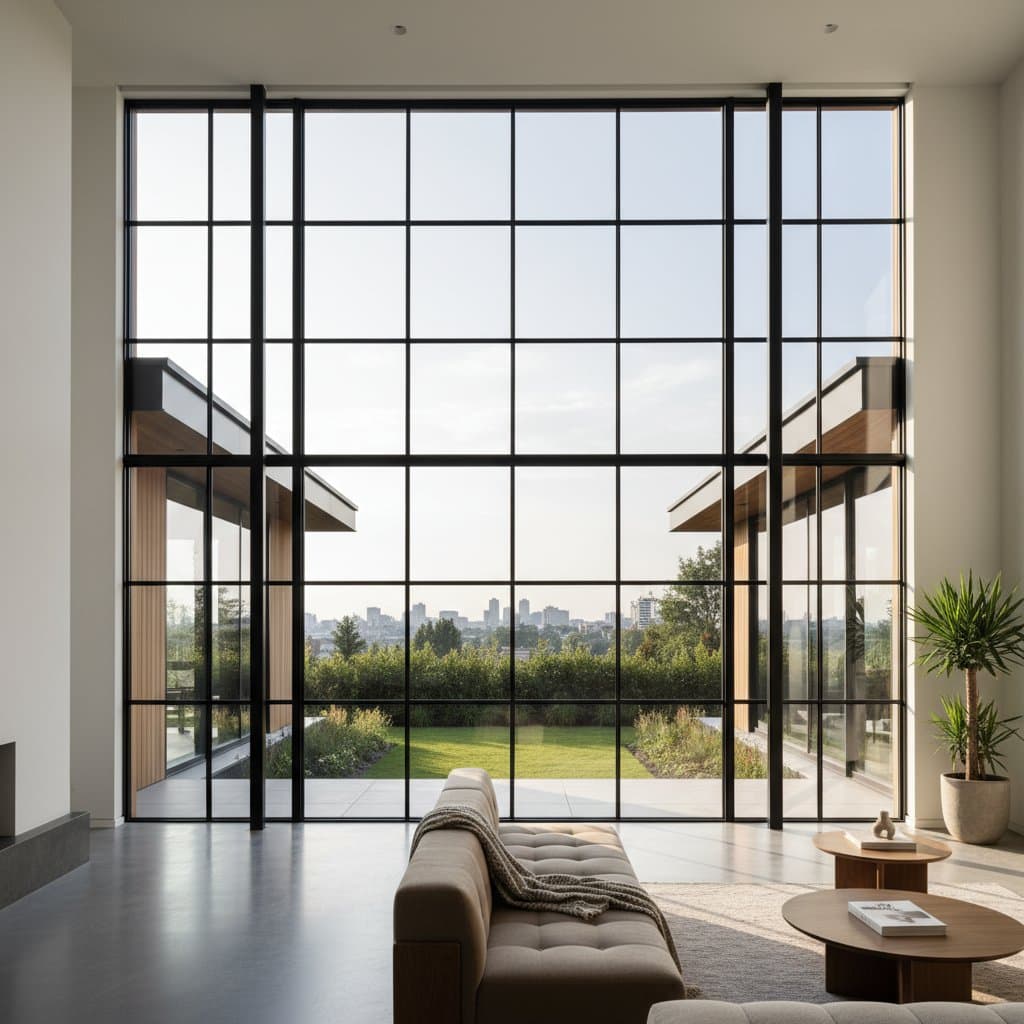Copper Door Hardware: 2025's Hygiene Game-Changer
The growing focus on healthier homes has reshaped interior design and product selection. Copper stands out as a material that combines beauty with function. Its warm tone and classic character make it a hygienic surface that naturally resists bacteria. Homeowners and designers now select copper door hardware to create refined, safe, and enduring interiors.
Why Copper Hardware Feels Current and Smart
Copper aligns with the trend toward natural materials and tactile finishes. The living surface develops a patina over time, creating a unique look for each handle or hinge. This organic change attracts those who value authenticity over uniform finishes.
Copper reduces microbial presence on contact, adding practical value. Modern design favors surfaces that support a cleaner environment. These antimicrobial properties make copper a smart upgrade for traditional and contemporary spaces. The result balances visual warmth, durability, and natural protection.
Three Ways to Get This Look
Save Approach ($150 - $400)
- Material choices: Select copper-plated or copper-finished zinc alloy handles. These provide the warm tone of copper at a lower cost than solid metal.
- Cost-saving techniques: Target high-touch areas such as bathroom and kitchen doors. Replacing a few handles refreshes the space without a complete overhaul.
- Where to splurge: Install a genuine copper handle on the main entry or a prominent interior door. The authentic patina elevates the design and delivers true antimicrobial benefits.
Mid-Range Approach ($400 - $1,000)
- Balanced selections: Pair solid copper levers with stainless steel hinges and backplates. This approach maintains high durability while managing expenses.
- Performance upgrades: Seek handles with clear protective coatings that slow oxidation yet preserve the natural appearance. Certain finishes replicate aged copper for a uniform tone.
- Design investment: Combine warm copper with matte black or oil-rubbed bronze accents. This contrast brings depth and sophistication to transitional interiors.
Invest Approach ($1,000 - $3,000)
- Premium materials: Opt for solid copper or bronze hardware from specialty manufacturers. These often include hand-burnished finishes and custom details that age gracefully.
- High-end details: Incorporate copper hinges, escutcheons, and locksets on all interior doors for a unified luxurious appearance. Match with custom wood doors in walnut or oak for a timeless effect.
- Long-term value: Solid copper resists corrosion, wears beautifully, and retains hygienic properties. The initial investment yields durability and ongoing security.
Material and Finish Guide
Windows
Choose copper-toned or bronze-finished hardware to match door fittings. Brushed or antique copper casement cranks and sash locks ensure visual consistency. For a modern touch, combine slim black window frames with copper hardware to create subtle elegance.
Doors
Solid wood doors with visible grain patterns complement copper finishes. Light stains on natural oak or ash accentuate copper's reddish warmth. Darker tones like espresso or walnut offer a rich contrast. On glass-panel doors, copper hinges and pull handles add warmth to minimalist designs.
Siding and Exterior Touchpoints
Extend copper accents to exteriors. Weathered copper door handles, knockers, and house numbers coordinate with metalwork like lighting fixtures or gutters. As it ages, copper forms a soft green patina that conveys quality and endurance.
Trim and Accents
Pair copper hardware with aged brass or matte black trim for added depth. Paint interior door trims in warm neutrals such as creamy beige, taupe, or soft gray to highlight copper's glow. Repeat copper details in light fixtures, cabinet knobs, or stair rail brackets for cohesion.
Maintenance Reality Check
Copper's appeal lies in its living finish, which evolves over time. This patina enhances charm, but maintenance must align with preferences.
- Natural finish: Uncoated copper darkens and may show green tones. Wipe regularly with a soft cloth to maintain luster and antimicrobial properties.
- Protected finish: Clear lacquer on some hardware slows oxidation for consistent color. This reduces natural antimicrobial activity, though a thin wax layer offers protection without full sealing.
- Cleaning care: Steer clear of harsh chemicals or abrasive pads, which damage coatings. Use mild soap and water, then dry completely. A copper-safe cleaner restores polish without harming the metal.
Select a living or sealed finish based on desired patina. Proper care ensures strong performance in either case.
Avoid These Mistakes
- Mixing too many finishes: Copper works well with limited metals, but excess tones create chaos. Limit to two complementary finishes across doors, windows, and fixtures.
- Ignoring patina development: Color shifts occur naturally. Prepare for darkening or choose pre-aged options for stability.
- Overlooking climate factors: Humidity or coastal air speeds oxidation. In such areas, select coated copper or bronze blends to maintain tone and resist corrosion.
- Buying purely on price: Inexpensive coatings imitate appearance but lack antimicrobial benefits. Verify real copper content when hygiene matters.
Color and Style Coordination
Copper suits various design styles, particularly warm, nature-inspired palettes and transitional blends of old and new. Effective combinations include:
- Soft Neutrals: Warm white siding, oak doors, and brushed copper handles deliver timeless comfort.
- High Contrast: Charcoal or matte black trim with bright copper fixtures make a bold contemporary impact.
- Natural Textures: Stone or brick exteriors paired with copper accents ground the design in earthy appeal.
- Warm Woods: Cherry, mahogany, or walnut doors enhance copper's glow and craftsmanship.
- Muted Greens and Blues: These colors reflect aged copper's patina for a relaxed coastal vibe.
For a full refresh, align hardware, lighting, and trim consistently. Subtle tone variations can disrupt harmony.
Planning Photography Checklist
Gather references before buying copper door hardware or starting a project. This aligns choices with architecture, environment, and goals.
- Current exterior and interior photographs: Shoot doors, windows, and trim from various angles under natural and artificial light.
- Architectural style notes: Determine if the home favors traditional, modern, or transitional elements to inform finishes.
- Neighborhood character and restrictions: Check homeowner association or local rules on exterior finishes.
- Climate considerations: Assess humidity, temperature changes, or coastal exposure for material selection.
- Budget outline: Set ranges for hardware, door refinishing, and upgrades.
- Priority areas: Identify high-use or visible doors and begin there.
This preparation simplifies talks with designers or contractors and avoids mismatches.
Integrate Copper for Lasting Wellness
Copper door hardware merges beauty, function, and wellness. Its antimicrobial traits support cleaner spaces, while the evolving finish adds authenticity. This material outlasts trends through tactile warmth and practical benefits.
In renovations or custom builds, copper conveys craftsmanship that spans eras. Embracing its surface records daily life in tone shifts. With coordinated materials, maintenance, and budgeting, it turns routine touches into refined experiences.
Consider hygiene, comfort, and style in upgrades. Copper provides these with natural elegance, fitting minimalist lofts or classic farmhouses. Thoughtful selection creates a healthy, enduring home impression.






